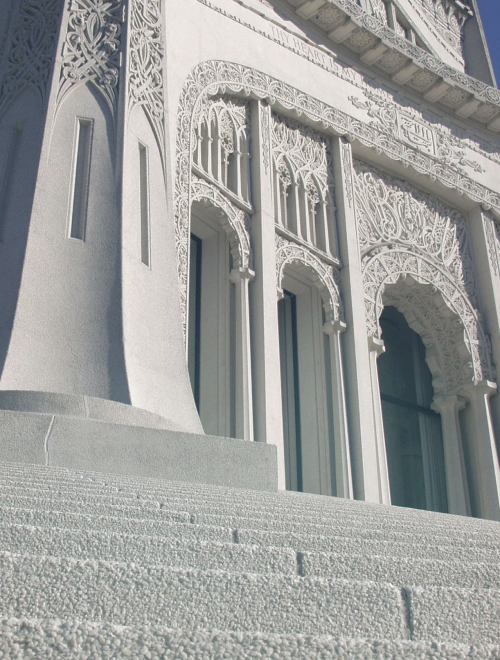Architectural and Decorative Concrete

Architectural and decorative concrete refer to specialized types of concrete used for aesthetic purposes in construction projects. Unlike traditional concrete, which primarily focuses on structural integrity, architectural and decorative concrete prioritizes appearance and design while still meeting necessary performance requirements.
Architectural Concrete: This type of concrete is used to achieve specific architectural designs or features in buildings or structures. It may involve intricate forms, textures, or finishes to enhance visual appeal. Architectural concrete often requires careful planning and craftsmanship to achieve the desired aesthetic effect.
Decorative Concrete: Decorative concrete goes beyond the functional aspects of traditional concrete by incorporating various decorative elements or techniques. This can include coloring, stamping, staining, engraving, or polishing the concrete surface to create unique patterns, textures, or designs. Decorative concrete is commonly used in interior and exterior applications such as floors, countertops, walls, patios, and driveways.
Key characteristics of architectural and decorative concrete include:
Color: Both integral color (added directly to the concrete mix) and surface-applied colorants can be used to achieve a wide range of colors and shades.
Texture: Different textures can be achieved through techniques like stamping, brushing, or exposing aggregates. These textures add depth and visual interest to the concrete surface.
Finish: The finish of architectural and decorative concrete can vary from smooth and polished to rough and textured, depending on the desired aesthetic and functional requirements.
Patterns and Designs: Decorative concrete allows for the creation of intricate patterns, designs, and motifs that can mimic natural materials like stone, brick, or wood.
Durability: Despite the focus on aesthetics, architectural and decorative concrete still maintain the durability and strength required for construction applications. Special additives or sealers may be used to enhance performance and protect the surface from wear and weathering.
Overall, architectural and decorative concrete offer architects, designers, and contractors versatile options to enhance the visual appeal of concrete structures while maintaining durability and functionality. These materials continue to evolve with advancements in technology and design techniques, providing endless possibilities for creative expression in construction projects.
Thank you,